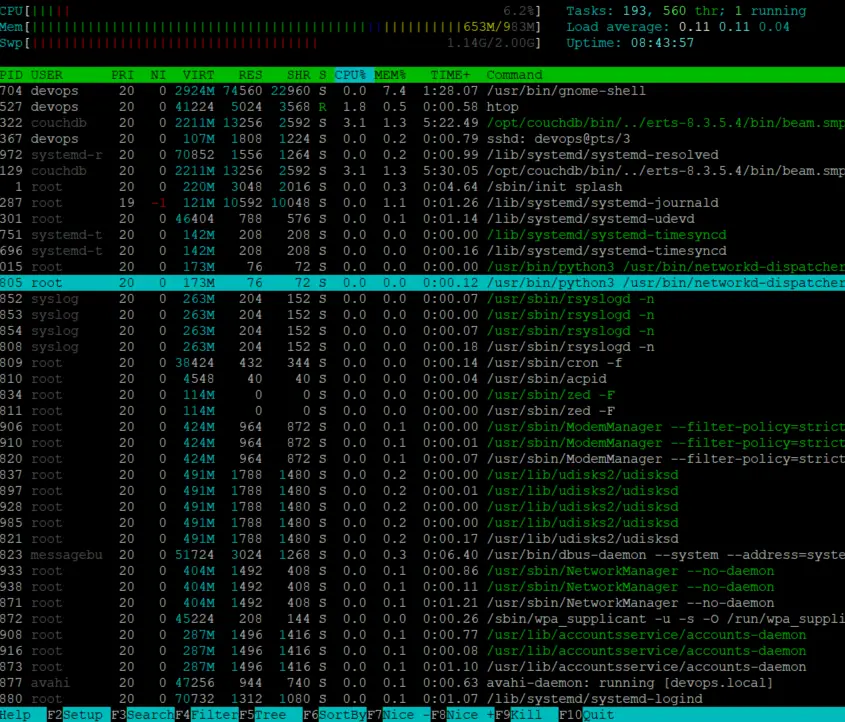

This command monitors memory usage, process statistics and CPU usage.

The top command displays a list of tasks currently managed by the Linux kernel, as well as a complete system summary. This command shows us how the CPU is using memory and processing power as well as gives information about other running processes. Top command frequently produces an updated list of top command processes. By top command, the system provides a dynamic overview of the cpu usage. Top command (Table of Process or TOP)Įveryone uses the top command to monitor Linux systems because it is good and well-known. We have many such ways with the help of which we can see the use of CPU in Linux processes. Determine what’s consuming the CPU (or CPUs).How much CPU has been used since your last reboot.Provide an overview of each CPU’s utilization (SMP CPUs).Linux comes with several utilities to report CPU usage. Find Processes Using Most CPU Linuxįinding CPU usage is a very important task. In this article, we will tell how we can solve CPU-related problems with the help of the following commands, as well as see how to find those processes which are using most CPU Linux. We have to use the appropriate command to know the processes which are affecting the CPU. All remaining requests have to be stopped until the CPU is freed. Whenever the CPU is completely occupied by the processes of the Linux system, it becomes difficult for the CPU to process other requests. Most of the time, it has to wait until the CPU is free and queue up to process its pending requests. This happens when our Linux system CPU is very busy. Many times such situations come in Linux where we have to deal with application unresponsiveness or sluggish applications due to CPU usage.


 0 kommentar(er)
0 kommentar(er)
